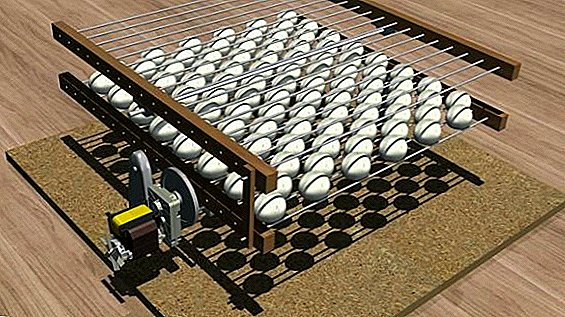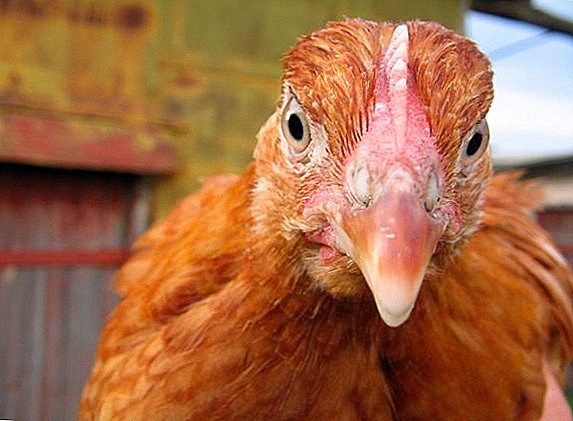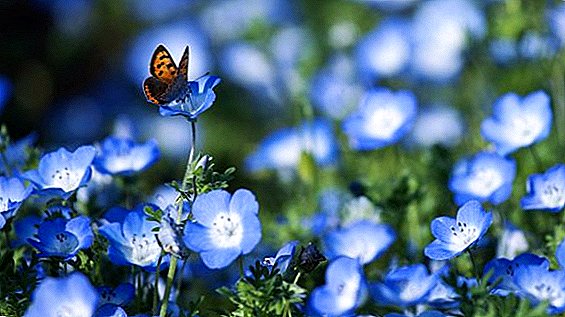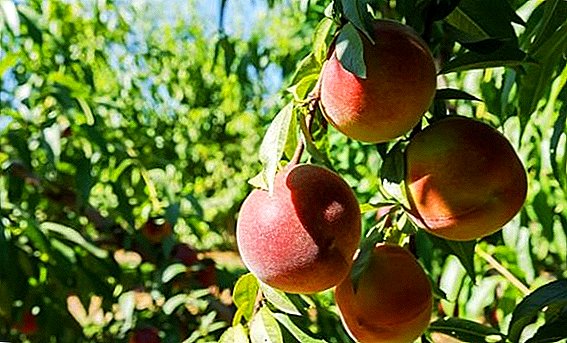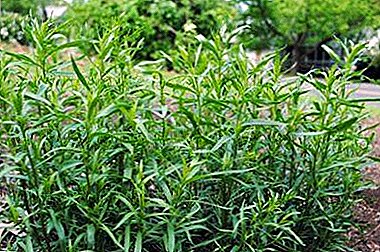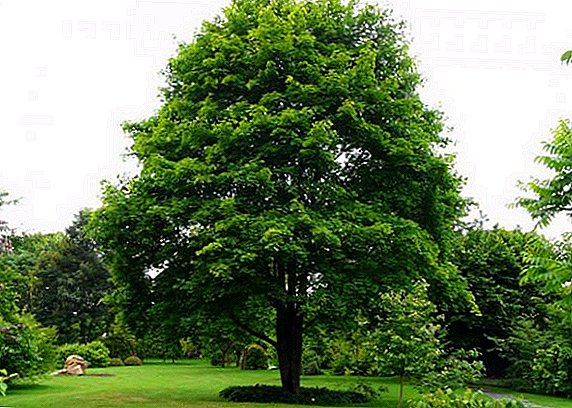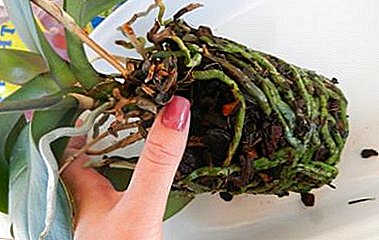
Using simple rules and tips, you can not only find the right time to plant a new orchid pot, but also get great achievements, a strong and healthy plant and beautiful flowers.
After all, a lot depends on the transplant process for the further process of vital activity. It is important to consider all the details in order for the plant to have all the conditions for development. How to choose the right time for orchid transplantation will tell in detail our article.
The importance of choosing the right time
Orchid - one of the most beautiful and popular home flowers. In any room, you can create comfortable conditions for habitat, reproduction and development of orchids. It is enough to make an effort to organize the correct modes of lighting, watering and ventilation.
Successfully pick up the period for planting in a new place - this means guaranteeing for yourself the main key to success, since the flower will have a chance to more quickly fix its roots in the new soil and quickly adapt to new conditions.
The time for planting a flower must be chosen correctly so as not to harm the plant.otherwise it may die.
Does it depend?
From season to year
 The best season for planting in a new place is spring and summer, when the flower has already bloomed. In order for the flower itself to develop well, it is very important that it be in a well-lit place with an average temperature of air.
The best season for planting in a new place is spring and summer, when the flower has already bloomed. In order for the flower itself to develop well, it is very important that it be in a well-lit place with an average temperature of air.
In the autumn-winter season, the orchid is not recommended to be disturbed for disembarkation. In autumn, vital forces go down, in winter, metabolic processes practically freeze, the orchid transplanted in winter or in autumn, as a rule, takes root for a long time in a new place, often gets sick and can stop blooming, despite good care.
From the lunar calendar
Many gardeners resort to the lunar calendar for planting any plants.. And therefore, during transplantation, they are checked directly with him, as this may give the opportunity to choose more suitable days for transplantation.
It also makes it possible to reduce the number of stress that a plant acquires during the period of substrate replacement. The first 3-5 days after the phase is over - a more positive period for orchids at home.
Planting dates:
- March 12-13 is the most favorable period for planting;
- April 17 and 18;
- mid-May;
- September 6-7;
- October 3-4.
Be sure to check with the lunar calendar in order to find the best period to plant orchids. Winter is a period of calm and flowering, so the flowers do not touch.
From the type of flower
Of course, it is more correct to plant each plant in a new place at the same time after a period of rest, before intensive vegetation. However, certain types of orchids do not have a clearly formulated stage of calm, for this reason it is more correct to focus on the natural cycles for absolutely all plants.
 In February and March, species such as:
In February and March, species such as:
- Cattleya
- Brassia.
- Stangopei.
In April and May you can disembark:
- Dendrobium.
- Celogin.
- Cymbidium.
When do I have to move a plant?
The main reasons for planting an orchid in a new place are in the soil that has outlived its time and in a tank that is too cramped for the plant.
As for seasonality, when it is preferable to start planting orchids at home, this is the spring season, as the plant begins to grow actively.
There are several external signs indicating the need for orchid transplants:
- When in the container a lot of free space was formed and the ground almost completely subsided and turned into lumps. In this case, you need to wait until the budding period is over and the plant begins to throw out new leaves and roots. This is the best period for transplanting an orchid, in which it is well mastered.
- When the pungent smell of dampness, mildew, or leaf rot begins to appear.
- When, after the next watering, the container with the flower becomes heavier than usual.
- The roots of the orchid have darkened and become gray or brown.
If you find rotten roots orchid urgently need to replant. Healthy orchid roots should be green.
- When the orchid has a faded appearance.
We offer to watch the video about the correct orchid transplanting:
A photo
Next on the photo you can see the transplanted orchid.





When can it be, but not necessarily?
It is not necessary to replant the plant after purchasing it in the store.. If its leaves are in excellent condition, there are buds or flowers, and if its roots are not dried or decayed, the plant does not need to be transplanted.
When can not?
Repot the plant in the flowering period should not be, because there is a danger that the plant will throw flowers. Such a transplantation is only possible if emergency resuscitation of an orchid is needed. However, it is more correct to transplant phalaenopsis already after flowering.
What time is best for transplanting?
The most optimal period for transplantation is spring.. In this period comes the active growth of the plant, its leaves and root system.
When to do it after buying a flower in the store?
After purchase, when the purchased flower has faded, it should be transplanted, as they are usually planted in very small containers and do not allow the root system to develop. And also transported in low-quality cheap substrate (peat), as it retains moisture for a long time.
Consequences of an adverse transplant in another pot
During flowering, the plant is not transplanted, because experiencing the stress of transplanting, an orchid can reset flowers.
How often should I repeat the procedure?
It is recommended to repot the flower once a year, after a maximum of two years, as the substrate loses its qualities. The roots of the year greatly expand, occupy all the free space. And if their habitat is disturbed, they rot.
The issue of transplantation should be considered carefully. As soon as the plant starts fading for the first time, it is not necessary to immediately replant it. If it has healthy strong leaves of saturated green color, then you should not disturb her for another year and a half.



